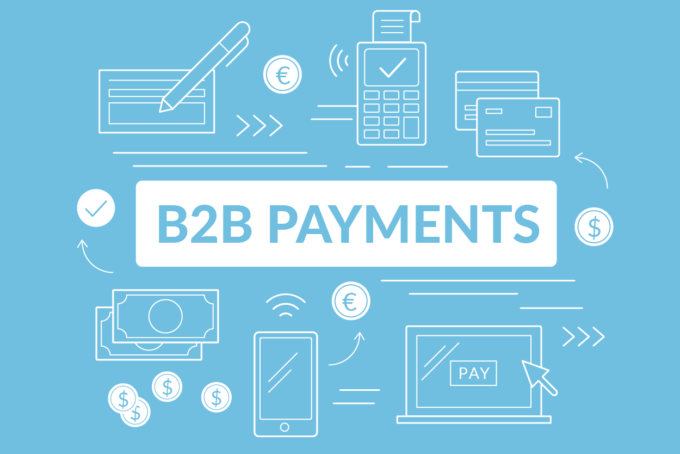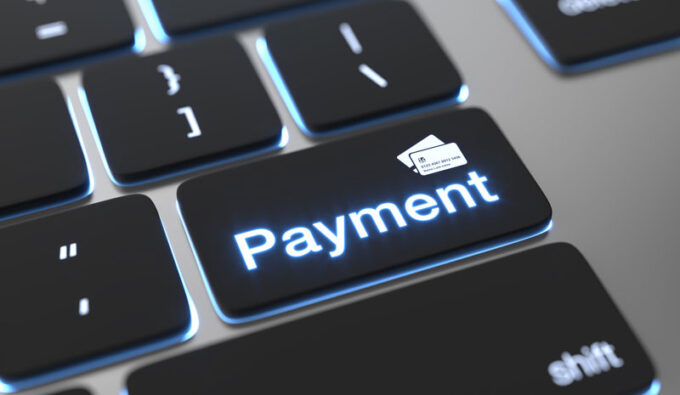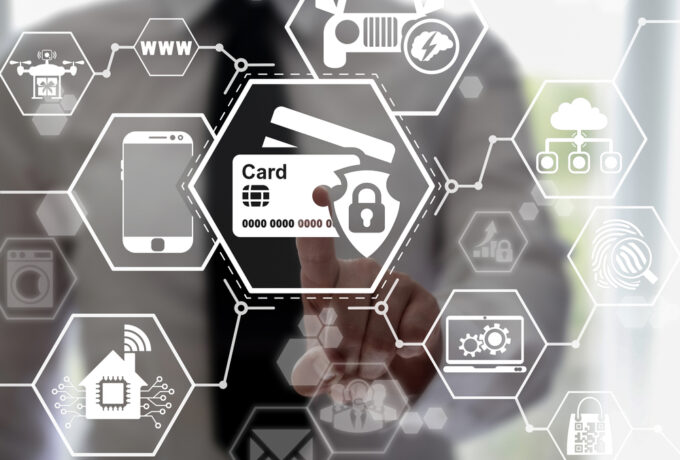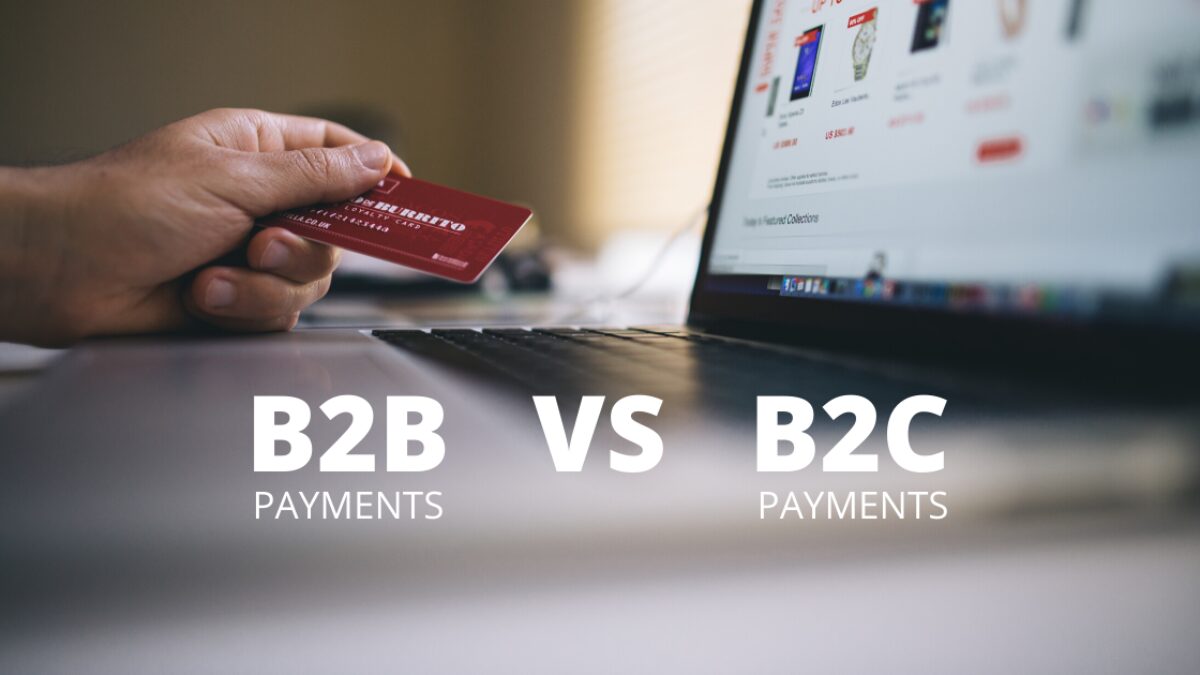The bulk of the transactions you are managing with clients or businesses will reveal if you have a B2B or B2C payment system. These two terms are a bit hard to decipher given the similarities of their names, but can easily be explained. B2B stands for business to business activities, while B2C represents the business to consumer services. The main difference between the two is that business to business transactions occur between merchants from separate companies, and business to consumer transactions occur when a retailer offers product sales directly to a consumer.
A Comparison of B2B and B2C Systems

While B2B and B2C have some overlapping qualities across both payment systems, there are a variety of distinctive conditions you can review that will help you define which system may be better for your business.
Main Differences Between B2B and B2C Systems
Recurrent purchases can set apart a B2B from a B2C system in that B2B businesses have a less fragmented customer base. On the other hand, a B2C payment system will be more scattered based on the fact that there is a wider range of clients from different demographic groups. Customers may change their minds and choose other business products, while some become part of a loyal client base for your company. However, a B2B payment system is more likely to have recurrent purchasers, as businesses need a regular influx of supplies which can result in more frequent buying behavior. A widespread group of single customer purchases, as opposed to consistent ongoing purchases from small to large businesses, is one way to differentiate between B2C and B2B systems.
The payment method of a B2C transaction typically allows purchases with electronic technology, which grants an instant transfer of funds. The authorization of a credit card happens in real-time, and also processes if the customer has enough funds in their account. The amount is virtually relocated to the business account of the vendor. In the case of B2B purchases, they aren’t typically small cash amounts, they are much bigger, and it isn’t an instant payment. Businesses also still pay in the form of paper checks and bank transfers, in addition to credit card purchases. In that aspect, the authorization doesn’t happen in real-time and takes a few days to process. There is more delay, and higher risk, with the chance of a check bouncing in the case of fraud.
Concerning the size of the financial transactions that separates a B2B from a B2C company, the average value of purchase carts will also differ. The number of items in a B2C customer cart will often be far lower in cost than that of a B2B purchase. It can range from a few dollars to up to a thousand, however, it won’t be a substantial amount of money. In contrast, a B2B transaction will have a higher average cart value, which can range from hundreds to thousands of dollars.
In addition to the amount found in cart purchase value, is the difference between the payment terms of a B2B and B2C purchase transaction. Typically, there is a 30-day payment term for a B2B transaction. B2B shoppers aren’t going to want to make advanced payments, thus, a B2B e-commerce business would have to create a prepayment system for these types of purchases. B2C payment transactions are far simpler, with immediate upfront costs paid and products or services immediately delivered to the customer.
How a B2B System Can Work For You

According to Interchange Pros, for a B2B commerce infrastructure, you can provide a variety of products that target different business consumers, with each system displaying select products in their customer portals. For business customers, it simplifies the browsing process through smaller catalogs and allows them to have a smoother experience when purchasing from you. Additionally, it is possible to integrate your logistic partners or suppliers into the portal so that stocking, purchasing, and managing distribution is more efficient.
While B2B transactions can have a higher layer of complexity than a B2C system, it still provides the flexibility of transactions. However, this can also mean that paper documents, electronic emails, and payment agreements via email can occur. This will also demand a higher degree of accounting and invoicing to record B2B purchases.
How a B2C System Can Work For You

You can sell to your customer base directly through your website and other e-commerce portals utilizing B2C purchase systems. This process is far more streamlined in comparison to a B2B business system, where you simply display products and customers purchase the item and the order is processed at checkout. Advertising discounts, sales, and coupons are commonly successful practices that can be integrated into the B2C payment portal. Because funds are transferred instantly, there are the added benefit and emotional satisfaction for the customer who got the discount, encouraging them to purchase more frequently. The B2C payment system simply needs to be secure, reliable, and compliant with laws, in addition to being capable of accepting most debit or credit cards from all major banks. While a B2C system requires less finesse, the system itself still has to be of high caliber so processing errors don’t occur.
Choose The Best B2B or B2C Payment System

Ready to begin your search for the best payment system? When seeking a reliable transaction system, be it B2B or B2C, you will need a high-quality credit card processing company. If you want the best type of payment system, you will need a Level 3 credit card processing company that is the Better Business Bureau A+ rated. This is not only because security and reliability are of high importance in all financial transactions, but it will protect your reputation. Always compare systems to find highly competitive rates, and never settle for systems only for a bargain rate. Quality comes first.









